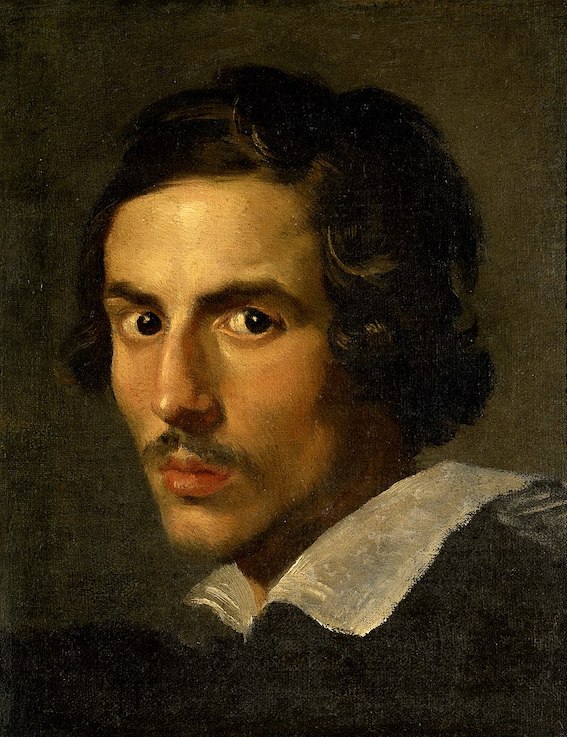Gian Lorenzo Bernini was Cardinal Maffeo Barberini’s favorite artist. On his ascent to the papal throne in 1623 Urban VIII remarked, “It’s a great fortune for you, O Cavaliere, to see Cardinal Maffeo Barberini made pope, but our fortune is even greater to have Cavalier Bernini alive in our pontificate.”
Thus, not surprisingly, the Pope immediately appointed Bernini curator of the papal art collection, director of the papal foundry at Castel Sant’Angelo, and commissioner of Piazza Navona’s fountains. He also commissioned him to create the baldacchino over the high altar directly under the dome and directly above the tomb of St. Peter in the newly finished St. Peter’s Basilica.
The first of Bernini’s works to combine sculpture and architecture and designed as a massive spiralling gilded bronze four-pillared canopy, the baldacchino became the Basilica’s visual centerpiece. Nearly 30 meters tall with an estimated weight of 63 tons, it cost 200,000 Roman scudi (about 8 million US dollars today).

At a press conference on January 11, Pietro Zander, head of the art heritage unit of the Fabbrica of San Pietro, the Holy See’s department in charge of the Basilica, announced that Bernini’s earliest artistic masterpiece was in a “degraded state of conservation”. Its gilded decorations are obscured by a heavy patina of dust, grime, and mold, and paint is peeling off its wooden parts (which account for 20% of the baldaccchino). Besides natural aging, Zander explained that the large number of visitors to the Basilica, sometimes as many as 50,000 a day, alters the Basilica’s microclimate, its temperature and humidity, enough to corrode the structure’s bronze and oxidize its iron and causes the constant expansion and compression of its wood.
He said that over the next ten months, 2024 being the 400th anniversary of Urban VIII’s commission, the baldacchino would undergo an extensive “makeover” to be completed in time for the opening on Christmas Eve of the 2025 Holy Year. The only other major restoration of the baldacchino dates to 1758.
This year’s state-of-the-art restoration, which will begin on February 12 at a cost of 700,000 euros (US$768,000), will be paid for by the Knights of Columbus, a global Catholic fraternal order founded by Blessed Fr. Michael McGivney in 1882 and today counting 2 million members in 13 countries. This is their latest collaboration in restoring artworks in Vatican City, which began with the construction of a new chapel dedicated to the Patron saints of Europe, Benedict, Cyril, and Methodius, in the Vatican Grottoes in 1980-81. Earlier collaborations in St. Peter’s Basilica include the restoration and consolidation of its façade in 1985-86; renovation of two ancient rooms: “Of the Architects” and “Of the Glass” in 1987; restoration of the dome in the Chapel of the Blessed Sacrament in 1992; restoration of Pope Innocent VIII’s bronze funerary monument in 2010-11; of the “Madonna della Colonna” in 2012-13; of the “Madonna del Soccorso” in the Gregorian Chapel in 2013; and of the large wooden 14th-century cross in 2013.
“The three phases of this year’s restoration work,” Cardinal Marco Gambetti, Archpriest of the Basilica, told the press, “will begin with provisional work and planning, continue with preliminary and onsite diagnostics and documentation using, for examples, drone videography and 3-D models, and then, working from an all-enclosing scaffolding to be set up after Easter, will focus on the actual restoration and conservation. This last phase will include first a deep cleaning using soft brushes and vacuum cleaners and finally applying surface protection to the metals and acrylic resin to fill cracks in the wood.”












